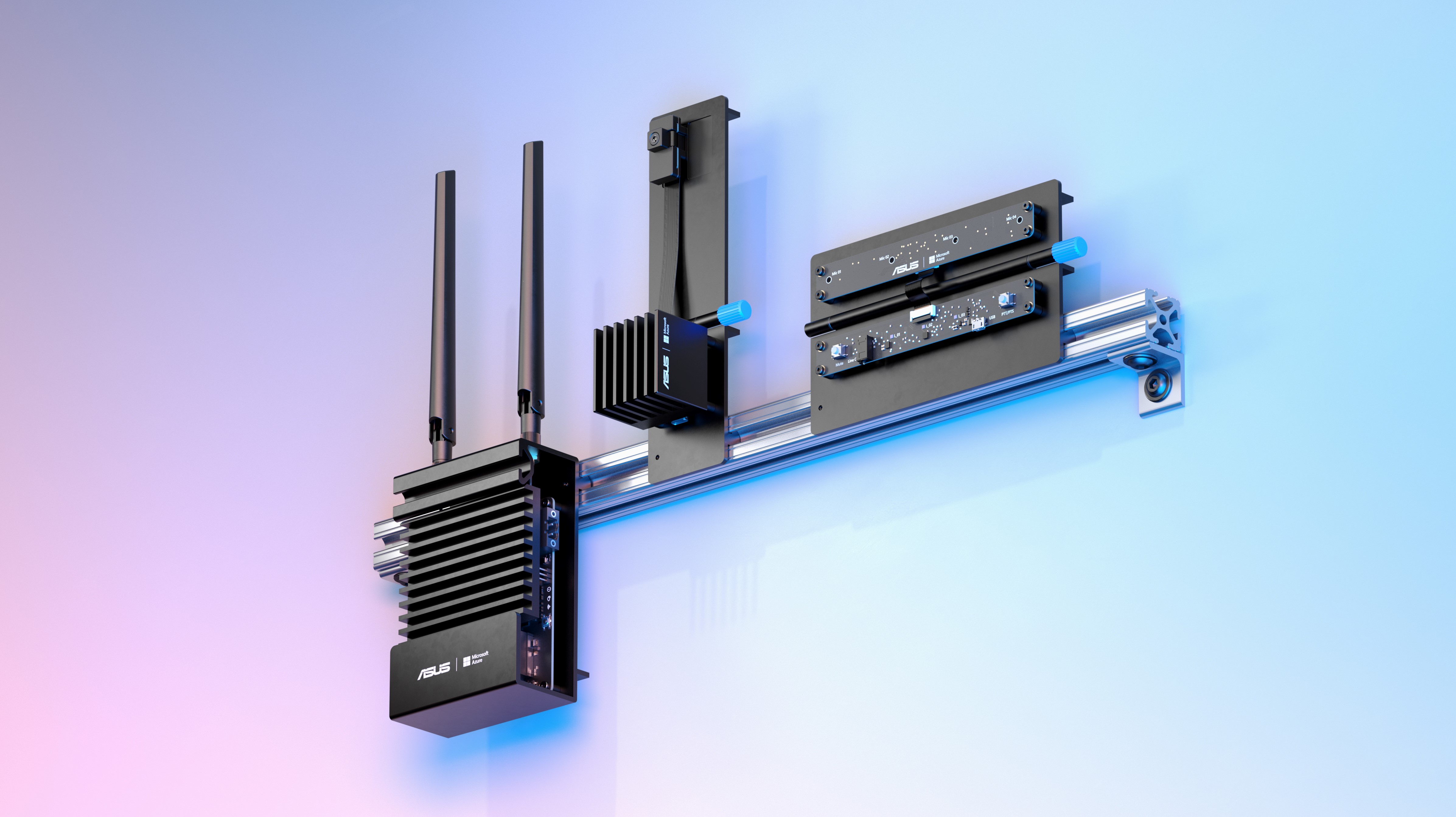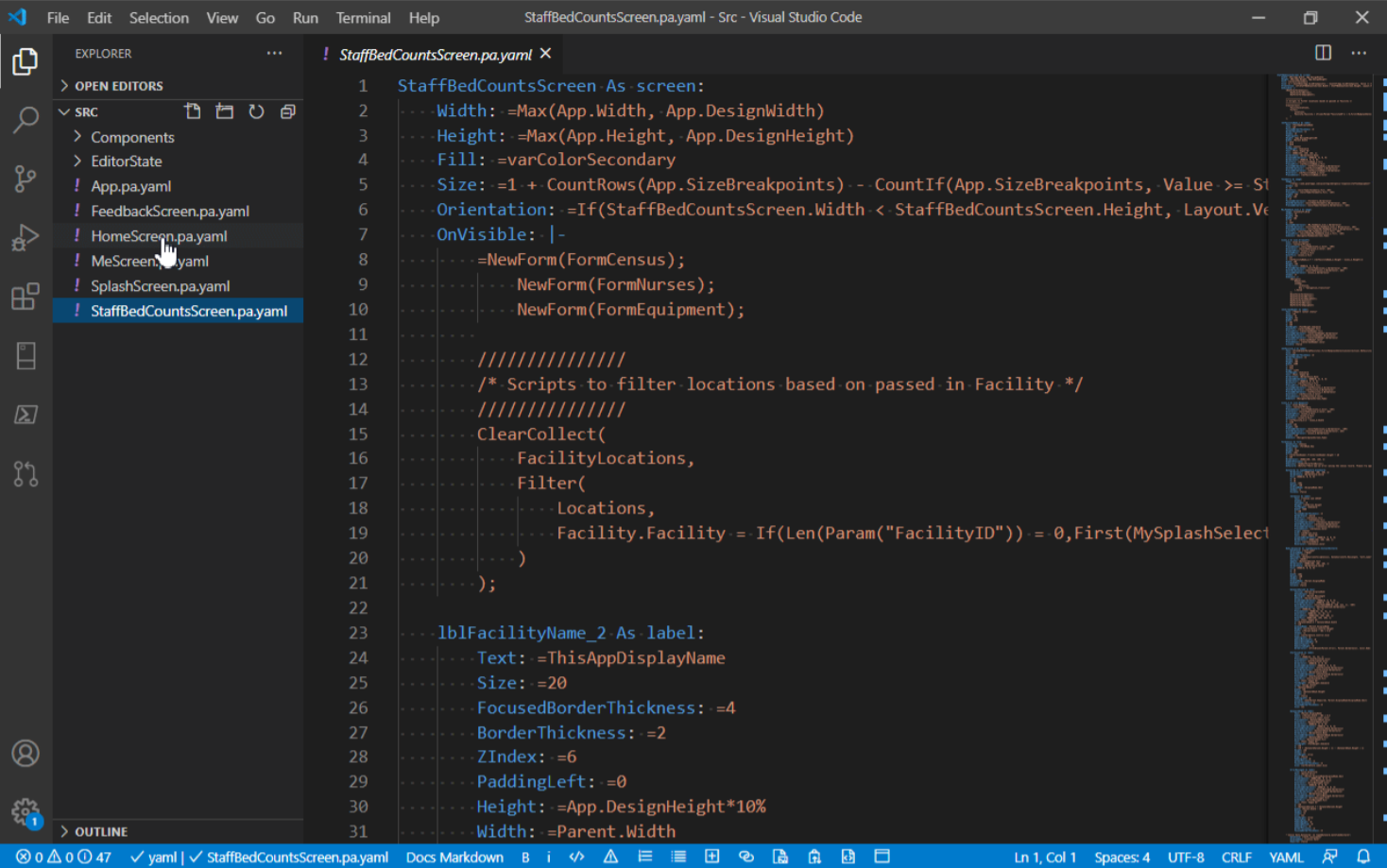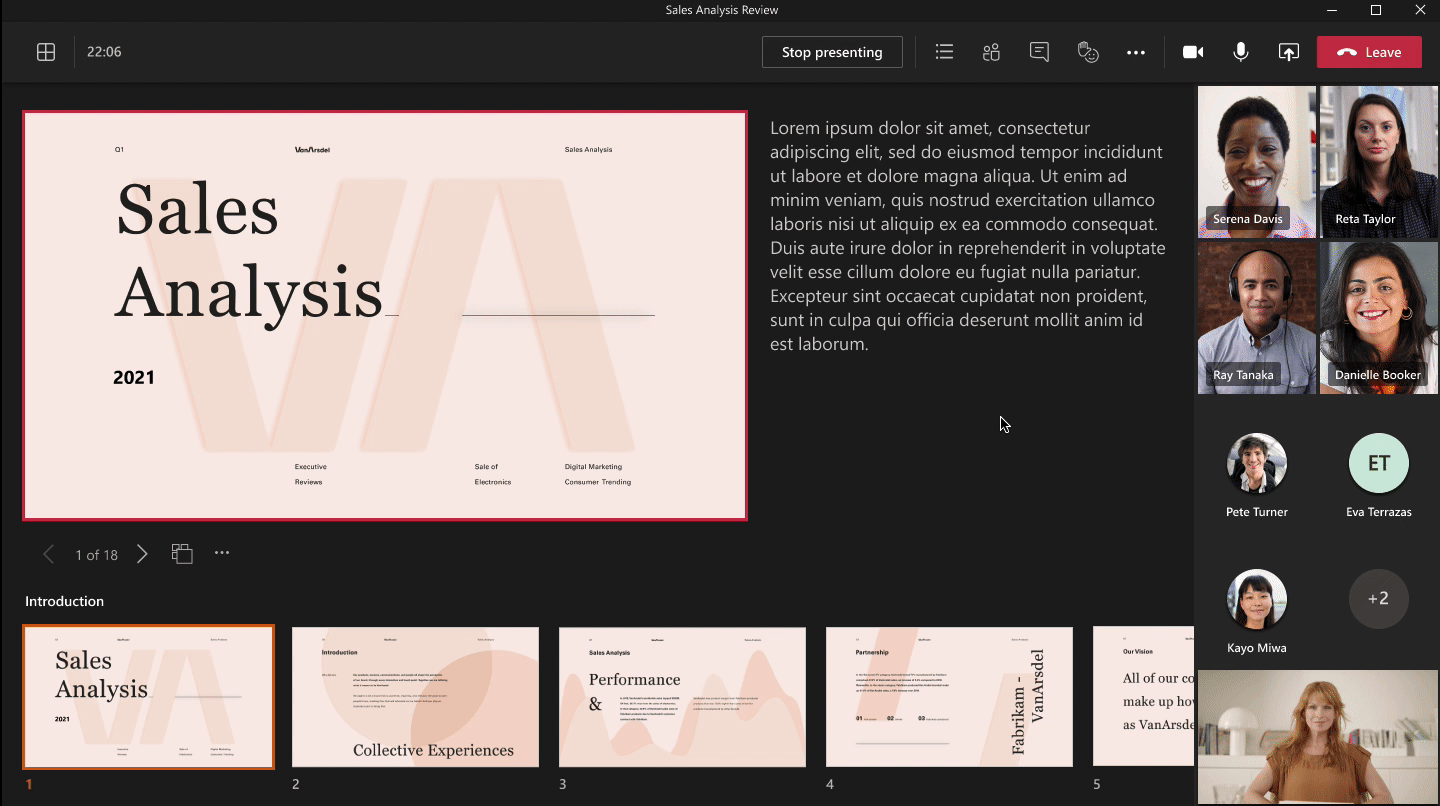The Future Africa Fund kicked off in 2015 when Iyinoluwa Aboyeji and Nadayar Enegesi, co-founders of US-based and African-focused talent company Andela, wrote checks to African startups as angel investors. This continued even as Aboyeji joined and left Flutterwave, the fintech company he co-founded.
In January 2020, the pair made the fund official, with Aboyeji as general partner and Enegesi as limited partner. Simultaneously, they announced that the fund had invested $1.5 million across 19 African companies.
The idea for a syndicate fund would come in the following months as the pandemic disrupted investment activities worldwide.
In the past year, syndicates have been emerging as a key force for investing — and for startups seeking capital to get going — on the continent. This is because most of the capital in Africa for promising startups is typically distributed among many investors. Syndicates are now emerging as one way of bringing the long tail together for more equity firepower.
During the onset of the pandemic, Aboyeji, via his blog post, said Future Africa Fund was looking to raise institutional investment. However, the whole process proved difficult and the fund wasn’t able to because he was stuck in Nigeria and could not visit London, New York and Washington DC, “where institutional and development finance capital sits.”
But in April, the fund decided to improvise by launching a syndicate arm called the Future Africa Collective.
“There’s a massive early-stage funding gap for African startups. All the data we were looking at pointed to the fact that work needed to be done to bridge that gap,” Aboyeji told TechCrunch. “We simply couldn’t go on the journey alone to fix the gap and decided to build Future Africa Collective to democratize access to African startups. We think of ourselves as pioneers in this field.”
Here, Future Africa acts as the syndicate lead sourcing investments, conducting due diligence, and securing allocations for investors called backers.
It’s a similar model employed by AngelList, the company founded by Indian-American entrepreneur Naval Ravikant and Babak Nivi as a fundraising platform for startups to raise money from angel investors. Over the years, the angel network has based its infrastructure on syndicates — investment vehicles that allow investors, referred to as backers, to co-invest with prominent investors — known as leaders.
Syndicate leads are often experienced angel investors or successful startup founders. They have a wealth of knowledge from playing different roles in the building of a startup ecosystem. On the other hand, backers don’t have much experience investing in startups most times, and for some that do, they will rather allow syndicate leads choose startups to invest in and manage their investments.
On AngelList, there are over 200 active syndicate leads listed with a typical check size ranging from $200,000 to $350,000. Collectively, they have invested more than $2 billion in startups globally.
Adopting syndicate funds for African startups
Like Aboyeji, two other Nigerian tech entrepreneurs — Bosun Tijani and Jason Njoku — have also launched syndicate funds within the past year.
Tijani is the co-founder and CEO of Co-Creation Hub (CcHub), a pan-African innovation hub with offices in Lagos and Nairobi. He is also an angel investor, and via CcHub’s accelerator programme and a partner fund called Growth Capital Fund, Tijani has invested in more than 40 startups.
So why launch a syndicate given the success of the other funds? According to Tijani, the syndicate hopes to solve the challenges that exist with traditionally structured investment vehicles. Here’s what he means.
In 2019, Nigeria accounted for more than 53% of the diaspora remittances to the African continent. Primarily, these remittances are channelled for domestic consumption. Tijani wants the CcHub Syndicate to be an avenue where a percentage of these remittances can come in to deepen the quality of capital available to local entrepreneurs. He believes the syndicate will help Africans in the diaspora who are passionate about nation-building but do not have the capacity to be limited partners in a typical fund structure, to co-invest alongside CcHUB in high growth tech companies across Africa.
“We see the syndicate as a complementary vehicle to our VC fund as it deploys bridge financing to companies with proven traction seeking to raise funds to meet critical milestones ahead of their next funding cycles,” he said.
But before CcHub launched its $500,000 accelerator programme and Aboyeji founded Andela in 2014, Jason Njoku of iROKO had already begun to invest in startups.
Two years after launching the African entertainment company in 2011, Njoku and his co-founder Bastian Gotter launched Spark, a self-described company builder and a $2 million fund. The fund whose LPs were HNIs investing between $100,000 to $500,000 has gone through several iterations to stay alive.
The fund is currently in harvest mode but that hasn’t stopped Njoku from investing personally. His personal portfolio and Spark’s successful exit in Paystack has earned him a reputation that allows him to run some online communities where he charges people for his insights as an angel investor.
He tells me that Investzilla came into play when a couple of investors wanted to access his deal flow after Paystack’s acquisition.
“I have been advising and referring investors into companies informally for the last few years, so this just formalizes it,” he said. “Investzilla investors wouldn’t consider themselves HNIs but have the ambition to invest $3-10k in several early-stage companies annually. Investzilla is focused on unlocking that opportunity for them.”
In a nutshell, the Future Africa Collective, CcHub Syndicate, and Investzilla want to improve access to financing for African founders. The plan is to reduce venture flight which has become prevalent in the ecosystem in recent times. But how do they work, and what progress have they made so far?
The nitty-gritty details
Typically, leads allow backers to join the syndicate via an application. After vetting and then approving these backers, they gain access to the syndicate’s deal flow and can pick investments on a deal-by-deal basis. Also, they are mandated to pay a one-time fee to join.
For Investzilla, backers pay a membership fee of $500. Thereafter, investors can put between $5,000 to $15,000 checks in more than 10 early-stage companies annually. While there has been no public announcement yet on its launch, Njoku says the syndicate soft-launched with 20 investors in January, and deals are waiting to be completed in the pipeline.
CcHub Syndicate, on the other hand, launched in December 2020. Tijani doesn’t state how much the syndicate’s administration fee costs but says the minimum backers can invest is $5,000.
So far, the syndicate has signed up more than 400 individuals, investing groups and institutional investors. Out of that number, a little above 30 investors have undertaken the syndicate’s KYC (Know Your Customer) process. Last month, it announced that a total of $267,500 had been raised to support three Nigerian startups’ bridge financing rounds.
Meanwhile, the Future Africa Collective charges a membership due of $1000 a year and four times a year; it selects some backers to the syndicate. Each quarter, backers are presented with five startups they can invest in with a minimum of $5,000. In less than a year, Future Africa Collective has grown to over 160 members. Collectively, they have invested over $1 million in 14 startups across Africa.

L-R: Jason Njoku (Investzilla), Iyinoluwa Aboyeji (Future Africa Collective), and Bosun Tijani (CcHub Syndicate)
One important thing to note is that a transaction fee prorated by their check size is charged for every deal a backer makes across all three syndicates.
The three syndicates also charge carry, which is a cut of positive returns generated by the investment. For instance, Future Africa has a 20% carry. If a backer invests $5,000 in the syndicate and the investment returns $20,000, the syndicate would earn $3,000 in carry, leaving the backer with $12,000 profit. Like Future Africa, Investzilla charges a 20% carry, but CcHub Syndicate does 15%.
As to when the return on investments is scheduled to be made, Aboyeji says the Future Africa Collective is designed to return upon secondaries.
“We hold the right to decide when to exit, but if there are any opportunities, we discuss them with the syndicate. Returns are disbursed to the syndicate members who invested in specific startups should there be an exit,” he said.
And the timeline for this across the syndicates is designated around 5 to 10 years.
That said, with Africa’s seed-stage funding gap not closed enough yet, the founders believe that there will be increased participation from more players with varied syndication models.
Njoku, who is enthused about more capital being pumped into Africa’s tech ecosystem, says if these syndicates can get more than 200 angels to commit between $3,000 to $10,000 in at least five startups in a year, the continent might start to see more high net worth individuals participate in tech investments.
“If we can unlock that, then it would be $2 million to $10 million in early-stage funding annually, which may or may have been attracted in the first place. Like Iyin and Bosun, founders who have created a lot of wealth with African tech feel comfortable and breed confidence. That’s an attractive asset class for executives or HNIs.”










